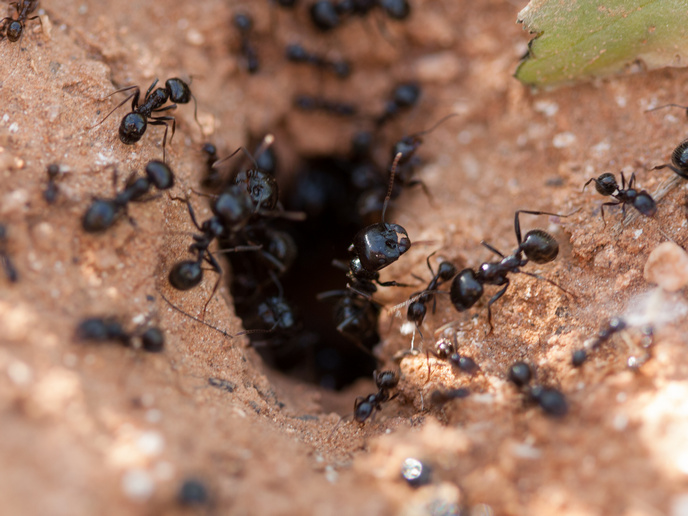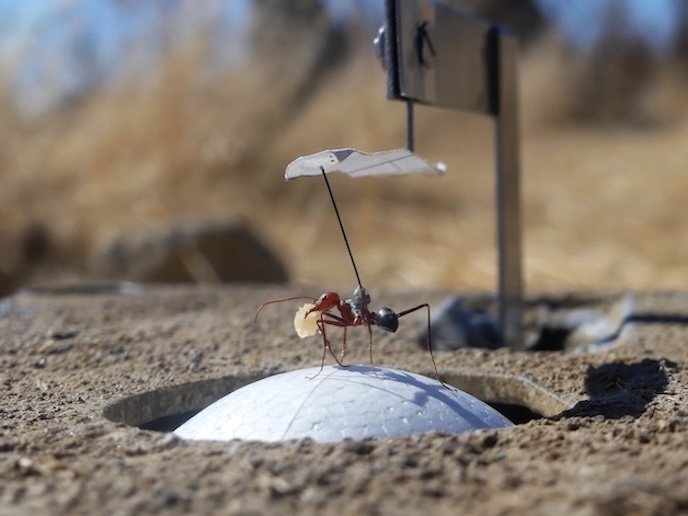How ant colonies mitigate the threat of infectious disease
All social species, humans included, benefit from living in tight-knit groups. But these benefits can come at a cost, including a heightened risk of disease – the consequences of which were on full display during the COVID-19 pandemic. How can humans better balance the benefits and risks of societal living? According to the EU-funded DISEASE project, the tiny ant might have the answer. “Having undergone millions of years of evolution, ants seem to have found a way to minimise infection risk while maximising whole-group function,” says Nathalie Stroeymeyt(opens in new window), a senior lecturer at the University of Bristol(opens in new window), the project’s coordinating partner. “As such, ants could provide important insights on how to manage the threat of disease in human societies.”
From social insects to social immunity
The project, which received support from the European Research Council(opens in new window), set out to study how ant colonies handle the threat of infectious diseases. “We were particularly interested in understanding the extent to which ants rely on changes in their social and spatial organisation to minimise the risk of transmission after an exposure,” explains Stroeymeyt. What they found was that ant societies have evolved extremely effective collective responses to pathogenic fungi, which are transmitted externally and can thus be immediately detected. “Their social immunity against fungi is so effective that some ants have actually undergone an erosion in their individual immunity against fungi,” adds Stroeymeyt. By contrast, ants maintain robust individual immune responses against bacteria, which are transmitted internally and cannot be efficiently targeted via social immunity. These findings were published in ‘Nature Communications’(opens in new window).
Ants and the art of architectural immunity
Researchers also discovered that, when faced with an infectious threat, ant colonies will change the layout of their nest. This seemingly simple step significantly reduces the spread of disease while also enhancing other defence mechanisms such as social distancing and self-isolation. Therefore, it provides protection against future exposures to infectious pathogens, something researchers have termed ‘architectural immunity’. “We are particularly proud of our results on nest architecture, as this was the first time it was shown that animals can actively leverage and modify the structure of their environment to defend themselves against disease,” notes Stroeymeyt. In addition to modifying their environment, ants will also physically communicate the disease threat to their nestmates via ‘headbutting’ movements known as body shakes.
How the little ant can have a big impact on human well-being
The DISEASE project has shown that we can learn a lot from the little ant. “The project has provided a new integrated understanding of how a highly social animal such as ourselves can use the way they interact with one another to protect themselves against infectious threats,” concludes Stroeymeyt. Researchers now plan to study how ant colonies adjust their nest architecture to optimise their collective performance in a variety of environmental conditions, and how nest architecture contributes to resilience against a variety of stressors.







